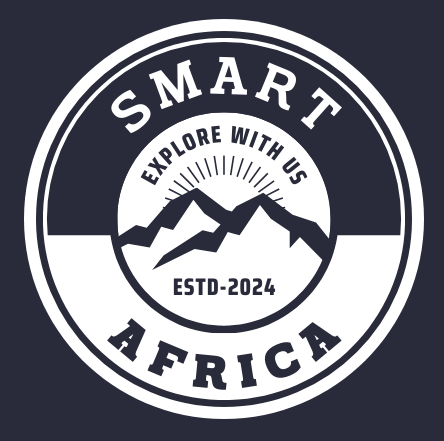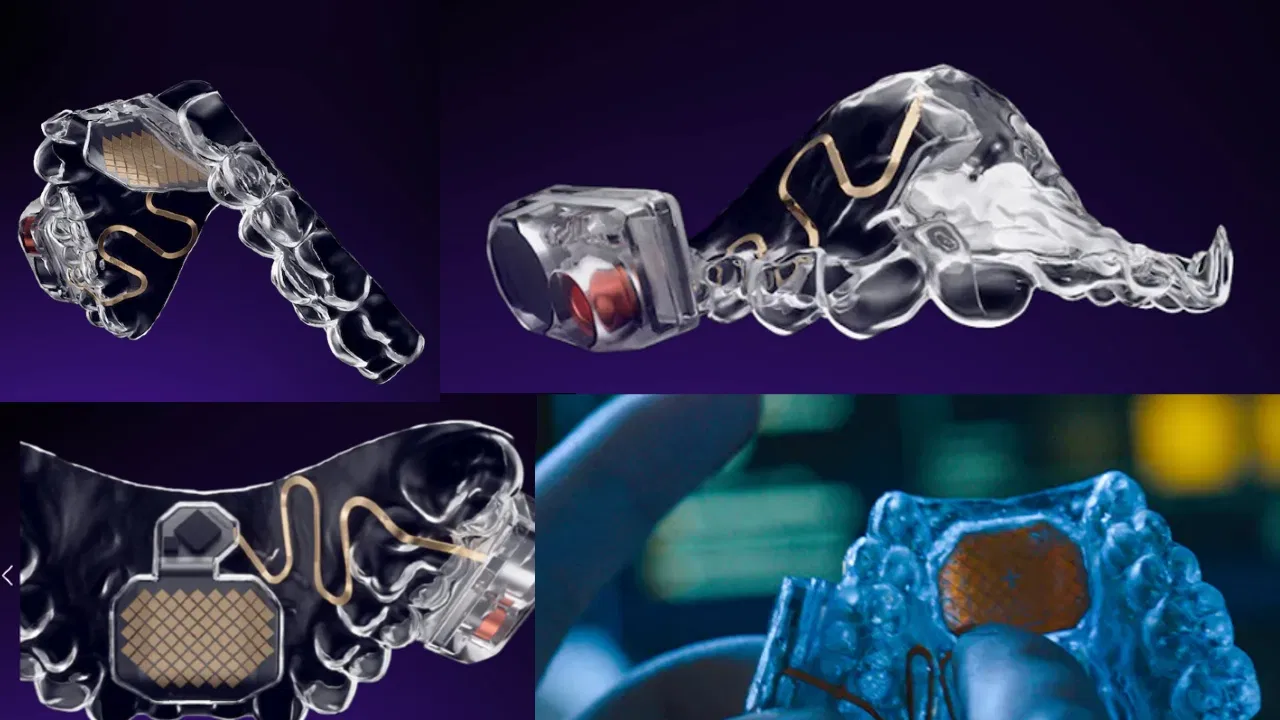Augmental, a groundbreakingly innovative startup, is touting its latest device—a revolutionary means of giving people with a range of disabilities the ability to communicate with technology using tongue and head movements. As described by CEO and cofounder Tomás Vega, the MouthPad represents one of the greatest changes in assistive technology in some time. His life-long passion for improving lives affected by physical limitations makes this device the blockbuster change in assistive technology for some time.
It opens up many other ways by which the impact of the MouthPad can manifest in daily life for those with disabilities. From communication and education to employment and entertainment, it is all about controlling a computer with such precision. Other applications include the use of such technology as a medium for control of smart home devices. As the prototyping continues, and further development of the MouthPad, so is a testament to what innovative design does: breaking barriers, enhancing quality of life for the severely physically challenged.
Early Inspiration and the Power of Technology
Since he was young, Tomás Vega had a propensity toward technology as a means of overcoming personal obstacles. A stutter diagnosed at the age of five made the young Vega creatively discover, at a very tender age, the potential for transformation in technologies that allowed communication and functionality. “A keyboard and a mouse became my tools to express fluently,” reflects Vega. “They empowered me by taking me beyond the limitations of my body and really set this course of fascination with human augmentation and cyborg concepts.”
Educational Journey and Technological Evolution
Vega’s entry into computers was when he first programmed at the age of 12. Through his high school and into his undergraduate years, first at Berkeley, then at MIT, the dream remained: to create technologies that enabled disabled people to live independently and have a better quality of life. His academic pursuits and hands-on experiences laid down strong groundwork for the works that would follow in assistive technology.
Founding Augmental: Innovating for Accessibility

Today, Vega leads Augmental as its CEO, focused on applying state-of-the-art technology to develop tools that allow people with movement disorders to easily interact with their personal computational devices. Augmental’s flagship product, the MouthPad, sealed this mission by being able to control computers, smartphones, and tablets with natural tongue and head movements. It is fitted with a pressure-sensitive touch pad on the roof of the mouth and motion sensors that will translate gestures into real-time cursor movement and clicking via Bluetooth.
The Science Behind the MouthPad
Vega shed more light on the rationale behind the MouthPad: “The tongue contains eight muscles, mostly slow-twitch fibers that don’t tire easily.” This led them to bring out the potential of the organ for effecting precise and sustained control over any digital interface.
Changing Lives: Impact of Augmental’s Technologies
The impact of Augmental’s innovations has already hit hard on persons living with various disabilities, more so those living with spinal cord injuries. One testimony comes from a college student facing quadriplegia majoring in math and computer science. The device completely transformed his life by returning him to the independent performance of tasks he could not do prior to using it, such as note-taking and playing games; therefore it vastly increased daily life functionality and autonomy at large.
Academic and Professional Development
During his time at UC Berkeley, Vega formed an alliance with Corten Singer, who is now his co-founder at Augmental. Both had a clear vision of taking assistive technologies to new heights, so they moved on to start their quest for innovation in MIT’s Media Lab. Mentored by luminaries in the field, such as Pattie Maes, Vega gained expertise in microfabrication, signal processing, and electronics that became aids for base creation in later innovations at Augmental.
Development of Assistive Technologies
At MIT, Vega dabbled into a series of wearable technologies that would enhance accessibility and quality of life. His experiences underlined the importance of practical, user-centered design in developing solutions to address apparently observable needs. His experience at Neuralink, which focused on brain-machine interfaces, also gave him exceptionally good insights into what can and cannot be done with neurotechnology, which carries over into his approach toward creating accessible alternatives.
The birth of Augmental: From Concept into Reality
Augmental spun out of Vega’s research at MIT that resulted in a prototype that proved to be a sufficient proof-of-concept of the viability of the mouth as a pathway for computer interaction. Augmental found many resources within MIT’s entrepreneurial ecosystem—like the Venture Mentoring Service and MIT I-Corps program—leading to key funding to perfect and scale its tech. Among those technologies is 3D scanning and printing technology to custom-fit the MouthPad to every individual user, ensuring comfort and seamless application.
Expanding Accessibility and Functionality
Augmental is continuously enhancing its technology, proceeding further to master the most advanced AI capabilities responsive to faint movement and speech organs. This development targets the propagation of a broader demographic base, users with malfunctioning lungs relying on whispered commands as a medium of communication and control.
Long-Term Vision and Technological Advances
Looking ahead, Augmental views its technology as becoming a universal interface that will let human-computer interaction be hands-free and multimodal input adaptative for different kinds of users. Augmental is focusing on getting FDA clearance to extend its application domains in order to gain control over wheelchairs and robotic arms, offering severely handicapped people more mobility and self-sufficiency.
Societal Impact and Future Directions
The ingenuity of Augmental very powerfully demonstrates how assistive technology can drive inclusivity and accessibility in all walks of life. Democratizing the access to digital interfaces, Augmental not only enables better quality of life but empowers people toward endless possibilities, wholly without regard to physical limitations.
Conclusion
In sum, the tongue-controlled mouthPad has come a long way in assistive technology, undertaking a rather life-changing approach toward accessing digital interfaces for paralyzed patients. It is a device that makes use of minute tongue movements to usher in improved access, more independence, and more empowerment for severely mobility impaired people. The profoundness of this technology is such that it goes far beyond the interaction part while using a computer and promises to revolutionize various aspects of life from communication and education to smart integration within smart homes. As progress in this field was underway, the MouthPad turned out to become a potent example to show how innovating in design can break barriers and hugely improve the quality of life for people with disabilities.
From ideation to innovation, Augmental has been passionately dedicated to improving assistive technology for the differently abled. Brilliantly envisioned by Tomás Vega and his team, with leading edge research into this area, it has reimagined human-computer interaction—the gold standard for a more inclusive, more accessible tomorrow. With Augmental continuing to break barriers in technological innovation, the chance to impact the world and millions of lives is piercing and replete with promise.

